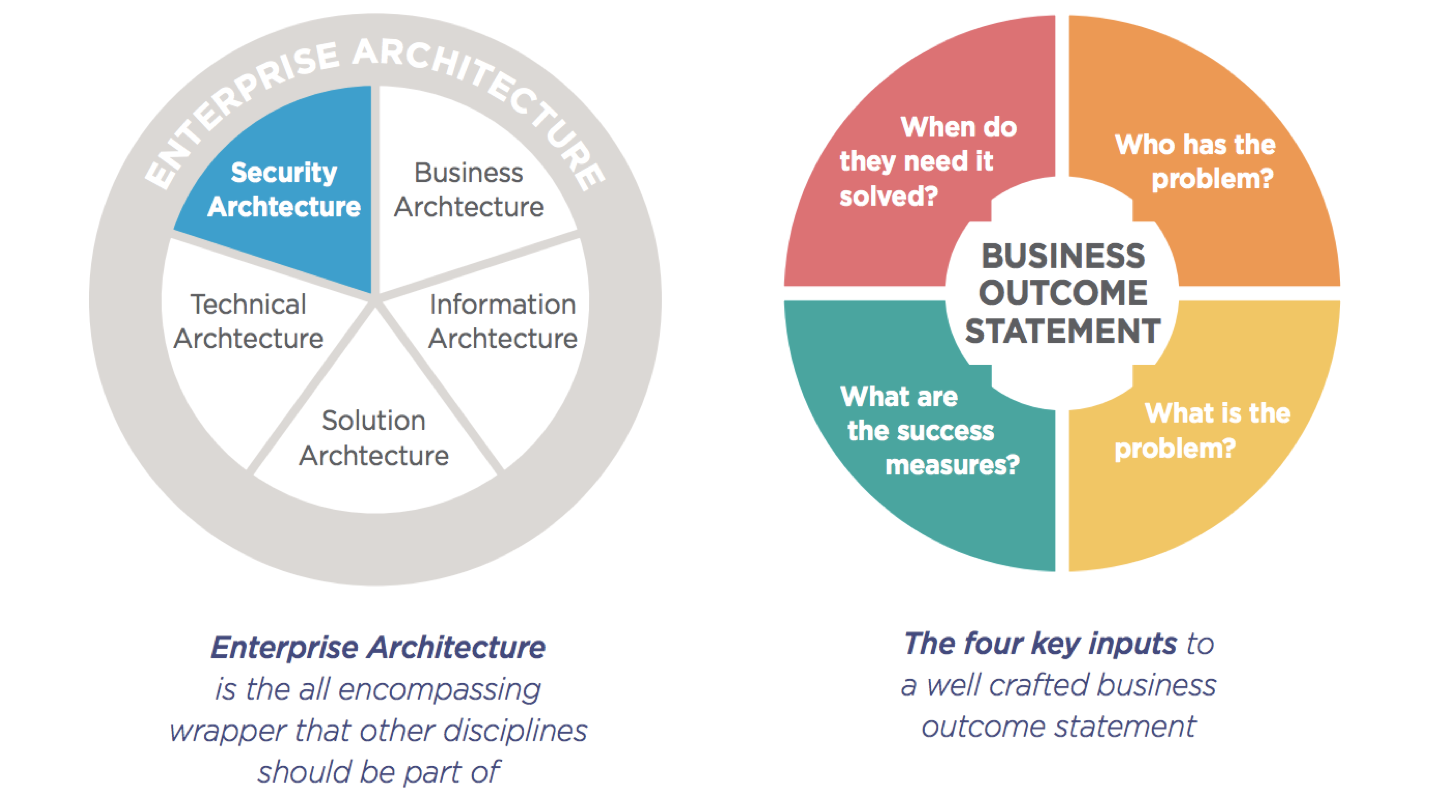Forget everything that you may have heard or read about enterprise architecture.
It does not have to take too long or cost too much. The problems are not with the concept of enterprise architecture, but with how it has been taught, applied and executed. All too often, enterprise architecture has been executed by IT groups for IT groups, and has involved the idea that everything in the current state has to be drawn and modeled before you can start to derive value. This approach has caused wasted effort, taken too long to show results, and provide insufficient added value to the organization.
In short, for many organizations, this has led to erosion in the perceived value of enterprise architecture. For others, it has led to the breakup of enterprise architecture groups, with separate management of the constituent parts– business architecture, information architecture, solutions architecture, technical architecture and in some cases, security architecture.
This has led to fragmentation of architecture, duplication, and potential sub-optimization of processes, systems and information. Taking a business outcome driven approach has led to renewed interest in the value enterprise architecture can bring.
But such interest will only remain if enterprise architecture groups remember that effective architecture is about enabling smarter decisions.
Enabling management to make those decisions more quickly, by having access to the right information, in the right format, at the right time.
Of course, focusing on future state first (desired business outcome), helps to reduce the scope of current state analysis and speed up the delivery of value. This increases perceived value, while reducing organizational resistance to architecture.
- Understand their goals, objectives and pain points, and then help them to express them in clear business outcome related terms. This will take time and skill, as many business users simply asking for system changes without clearly stating their actual objectives.
- Understand who the real stakeholders involved in and benefiting from the enterprise architecture are in your organization. While many stakeholders may still be within the IT organization, it is the business and C-level stakeholders who should be able to gain the most.
- Review your current architecture efforts and tooling. Question whether you are providing or managing data the business does not need, whether you are working too deeply in areas that may not be adding value, or whether you have your vital architecture data spread across too many disconnected tools.
This blog post is an extract taken from Enterprise Architecture and Data Modeling – Practical steps to collect, connect and share your enterprise data for better business outcomes. Download the full ebook, for free, below.

